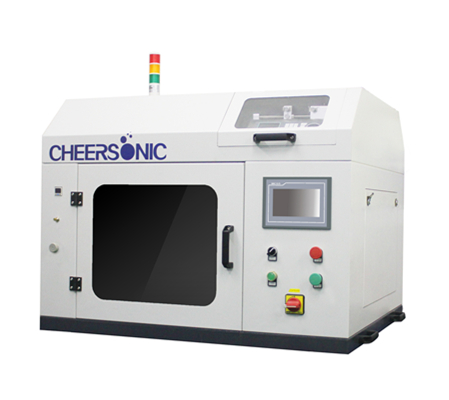Fuel Cell Carbon Paper Spraying
Carbon paper (carbon cloth), also known as carbon fiber paper (cloth), is a special material for fuel cell experiments, that is, gas diffusion layer, which is an indispensable item in the heart-membrane electrode assembly (MEA) of fuel cells It plays the role of a bridge between MEA and bipolar plate.

Proton exchange membrane fuel cell is currently one of the most promising clean energy sources. The gas diffusion layer is an important part of the proton exchange membrane fuel cell. Carbon paper is the most widely used substrate material for gas diffusion layer due to its excellent performance and relatively mature paper-making process.
An aerospace university cooperated with our company to purchase UAM4000L ultrasonic precision spraying equipment from our company to do fuel cell carbon paper spraying. The spraying area is 11-33CM, covering 1-5 mg of carbon black per square centimeter. The thickness is between 0.5-6 microns.
Ultrasonic Fuel Cell Coating Video
About Cheersonic
Cheersonic is the leading developer and manufacturer of ultrasonic coating systems for applying precise, thin film coatings to protect, strengthen or smooth surfaces on parts and components for the microelectronics/electronics, alternative energy, medical and industrial markets, including specialized glass applications in construction and automotive.
The Company’s solutions are environmentally-friendly, efficient and highly reliable, and enable dramatic reductions in overspray, savings in raw material, water and energy usage and provide improved process repeatability, transfer efficiency, high uniformity and reduced emissions.
Cheersonic’s growth strategy is focused on leveraging its innovative technologies, proprietary know-how, unique talent and experience, and global reach to further develop thin film coating technologies that enable better outcomes for its customers’ products and processes. For further information, visit https://www.cheersonic-liquid.cn/en/.
- Get link
- X
- Other Apps
- Get link
- X
- Other Apps

Comments
Post a Comment